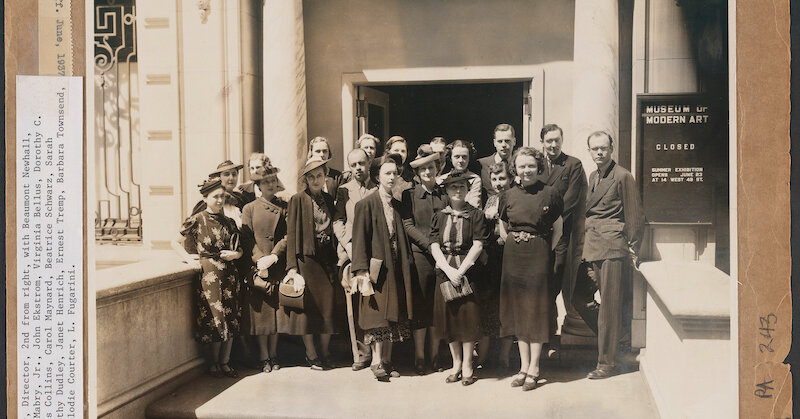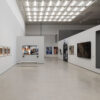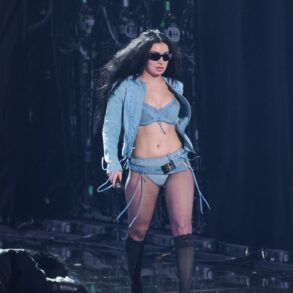
In a new publication, “Inventing the Modern,” and a companion exhibition, 14 women who shaped the institution come into definition themselves.
This article is part of the Fine Arts & Exhibits special section on the art world stretching boundaries with new artists, new audiences and new technology.
When three women founded the first museum in New York dedicated to Modern art in 1929, MoMA was an uncertain and scrappy project hardly assured of success. Visitors had to take an elevator to rented office space on the 12th floor of 730 Fifth Avenue to see paintings many considered controversial at best.
“At that time, to invent the Modern was just not the heroic enterprise that seems now to have been inevitable,” said Ann Temkin, chief curator of painting and sculpture at the Museum of Modern Art.
Temkin, the first woman to lead her prestigious department, and Romy Silver-Kohn, a researcher in painting and sculpture at MoMA, collaborated on “Inventing the Modern: Untold Stories of the Women Who Shaped The Museum of Modern Art,” published in September by the museum.
Together they commissioned, contributed to and edited this anthology of lively essays by women on each of the visionary founders: Lillie P. Bliss, Abby Aldrich Rockefeller and Mary Quinn Sullivan. There are also essays on 11 other female patrons, curators and department directors who had a far-reaching impact on MoMA during its early decades and helped lay the groundwork for all Modern art museums.
While it’s often mentioned that MoMA was founded by three women, “it’s seldom discussed what brought them to that point and how revolutionary it was,” Silver-Kohn said. She noted that Alfred H. Barr Jr., the illustrious director hired by the three founders, has long dominated in the retelling of MoMA’s story. To wit, Life magazine published an article for the museum’s 50th anniversary titled “Three Ladies and the Genius Who Launched the Museum.”





